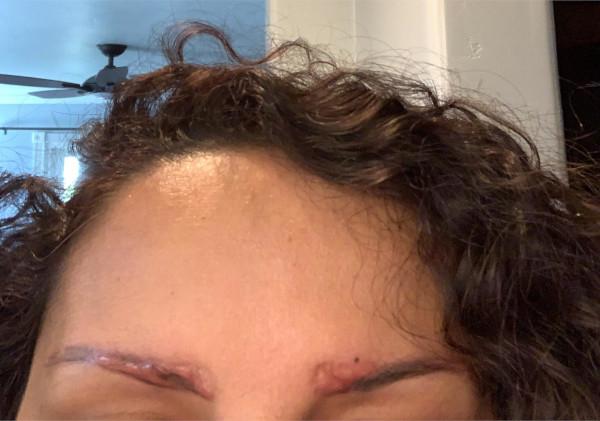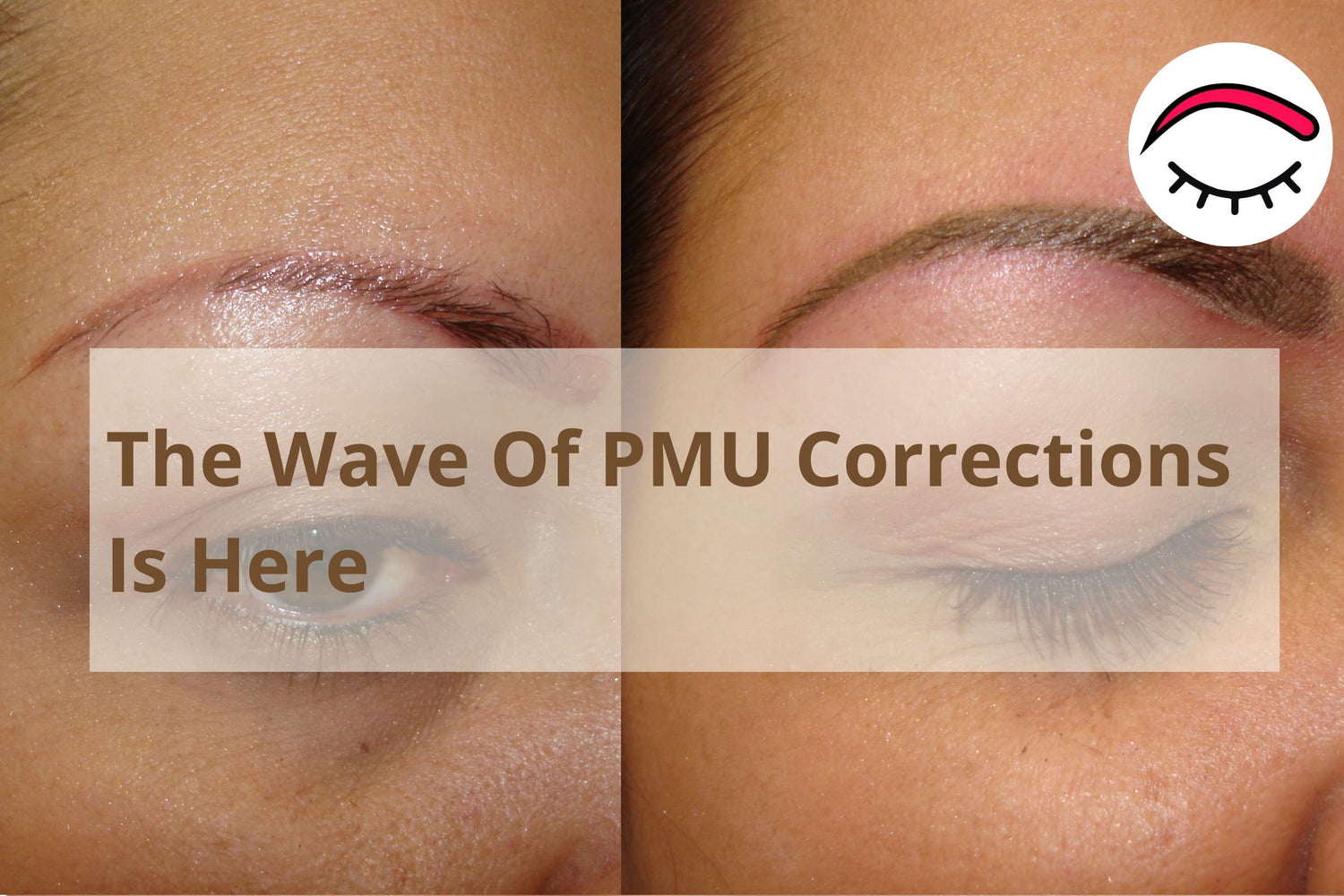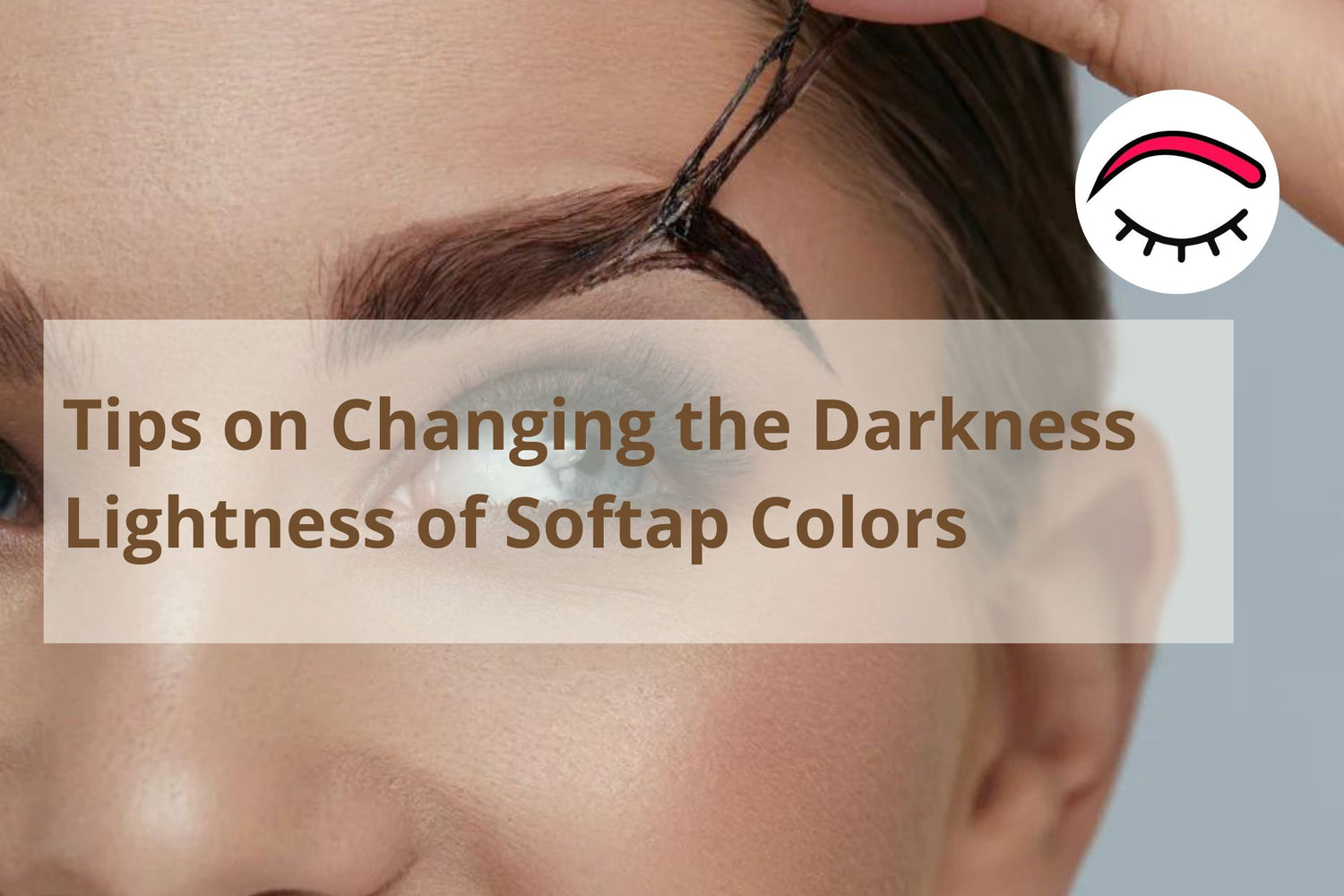
You Won't Want to See This!
Dr. CardonaOne of the things in this industry that gives me so much sadness and also bothers me most is to see this happen to a person-- a wrong procedure that alters a face completely. I recently received this case for a consultation. This client came to one of my students because after someone tried to remove the pigment from her eyebrows, she wanted to do Microblading.
Seeing what this lady had in her eyebrows and realizing that what she had was a keloid scar on both eyebrows, I wanted to cry. How is it possible that something like this happens to someone? How can things like this still be done?

The first thing you should consider is that if someone comes with or reports a scarring problem, he or she is not a candidate for any permanent makeup, no matter what name it comes by micro-pigmentation, microblading, Softap, or PMU.
However, the reason I wanted to bring this case to my blog is that there is still much ignorance about corrections and pigment removal. In the market, there is a wide variety of products that offer to "remove" the pigment. That sounds fantastic. However, is that really what your client needs?
WE GO BY STEPS:
When it comes to corrections, you must be able to foresee the final result to be achieved:
- Does the client want to complete removal of pigment and never apply a new color?
- Does the client want to change the color (to make it lighter or darker, colder or warmer) and apply a new one with the same or with a different texture?
- Do you want to correct the shape to make it thinner or shorter?
Each of these cases there is a require different solutions, but what I want to reinforce today is that it is NOT necessary to use a pigment remover in all cases.
A case like this should be referred to a dermatologist to treat the scar. Once the problem is solved and at least 6 months have passed after the treatment, you can consider doing some permanent makeup. An artist must choose the gentlest technique possible.
I RECOMMEND USING A PIGMENT REMOVER ONLY IN CASES WHEN:
- The pigment is dark
- It was applied within the last six months
- The area to work with is small.
Otherwise, there are other ways of working and other products to use.
If you are not 100% sure of what you should do or do not have the proper training to correct permanent makeup, please do not do it. Refer the client to an expert person.
Let's try together to avoid those cases like this continue to occur. This affects us because it damages the reputation of the entire industry:





